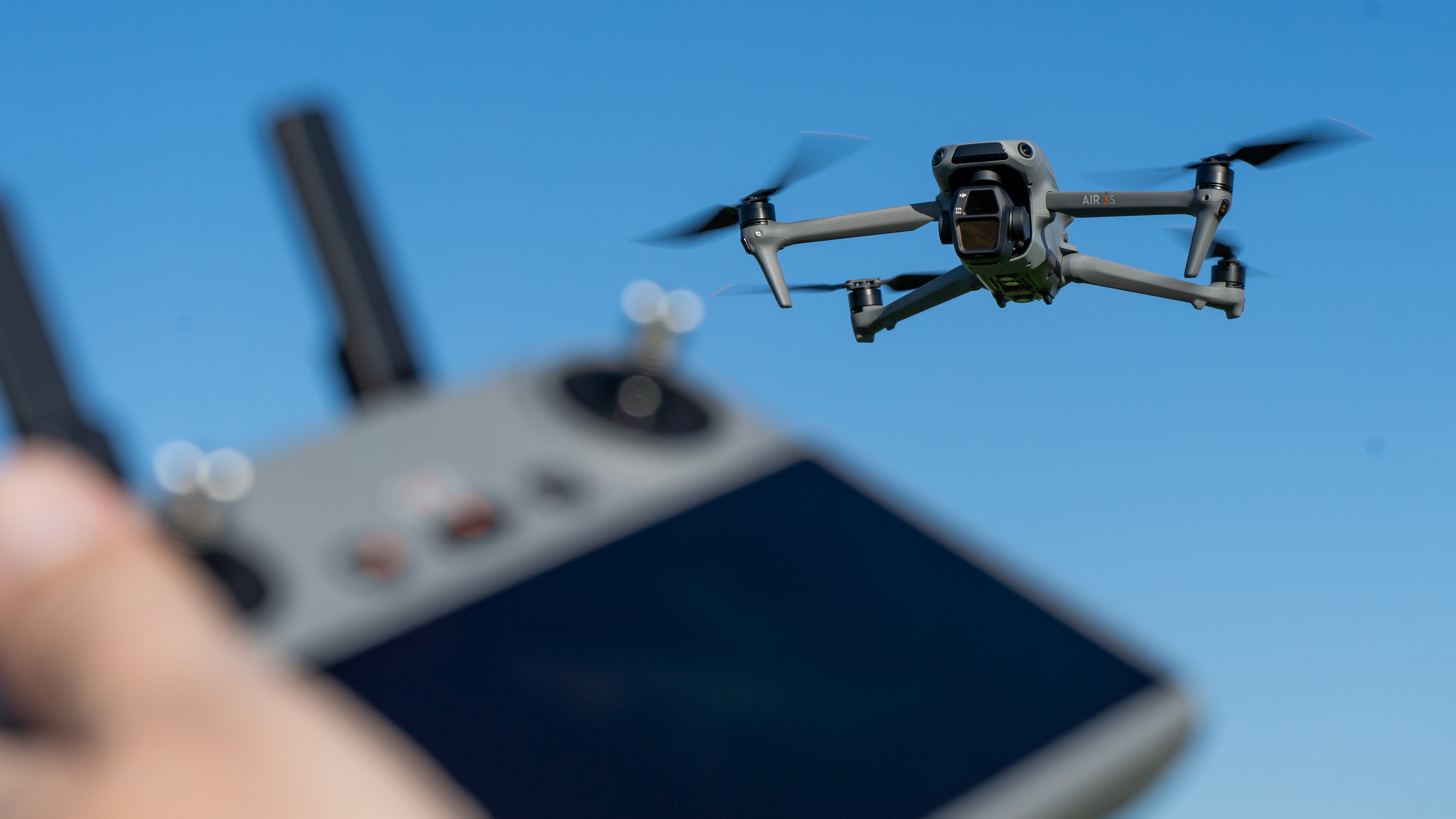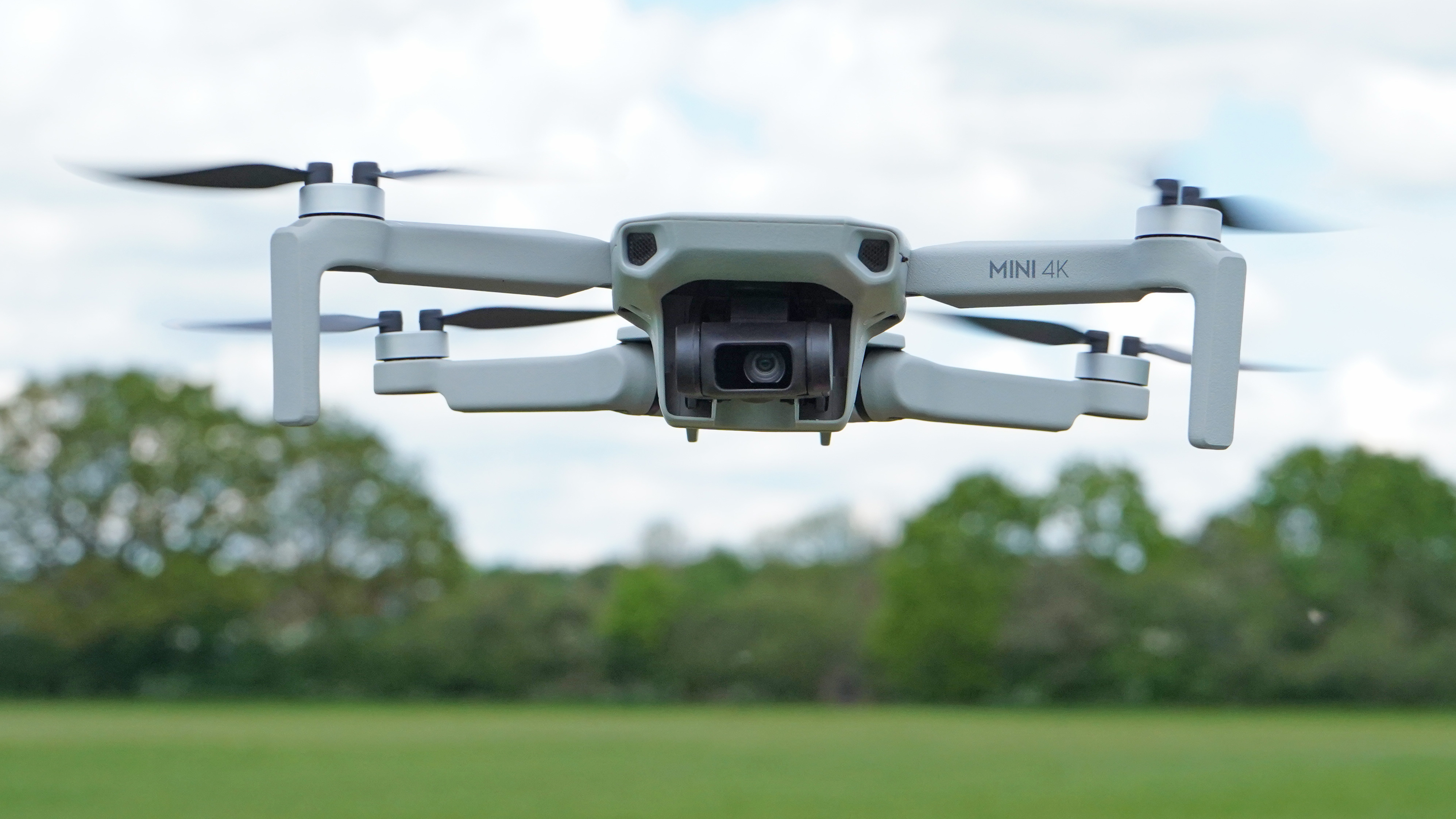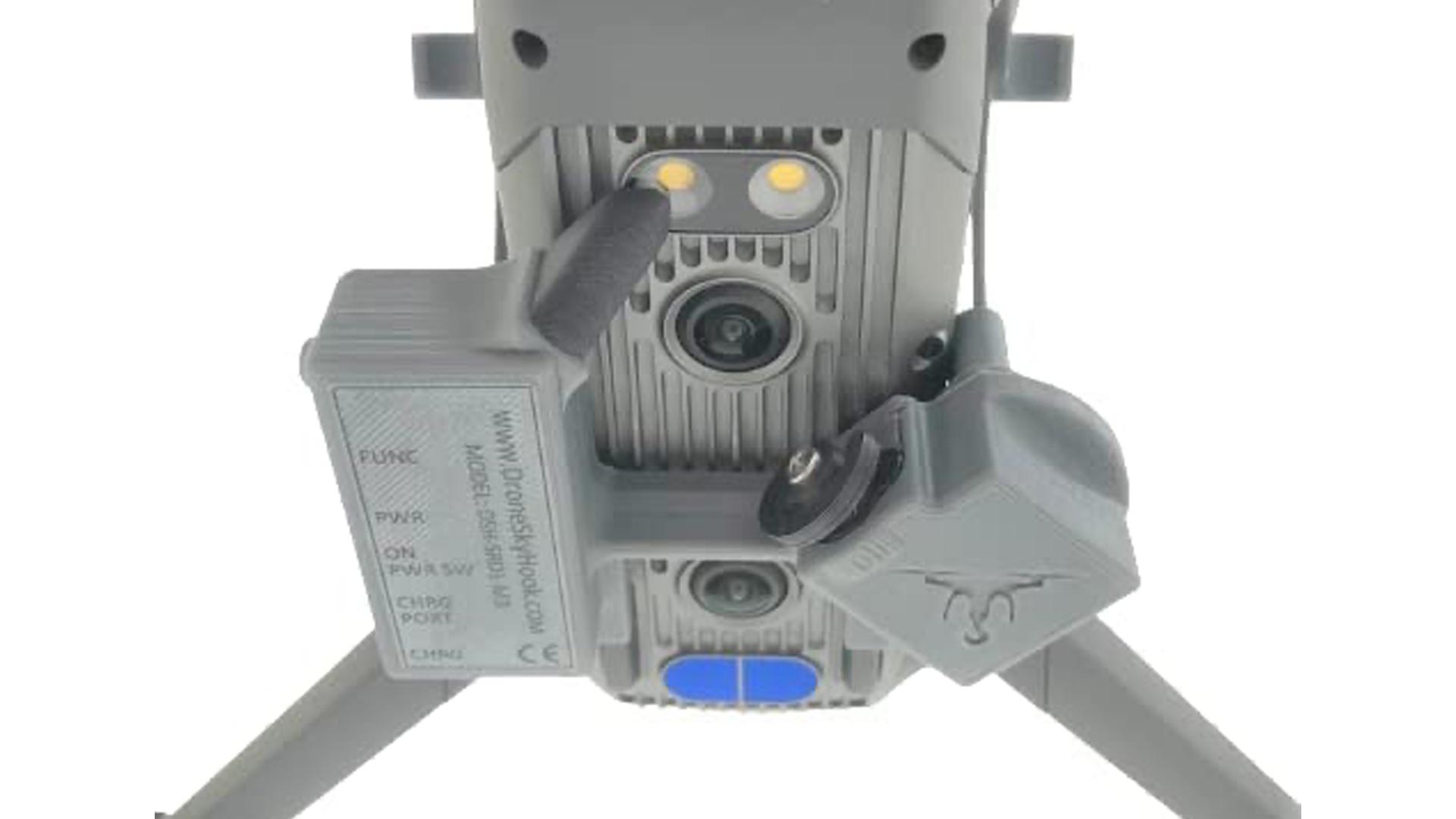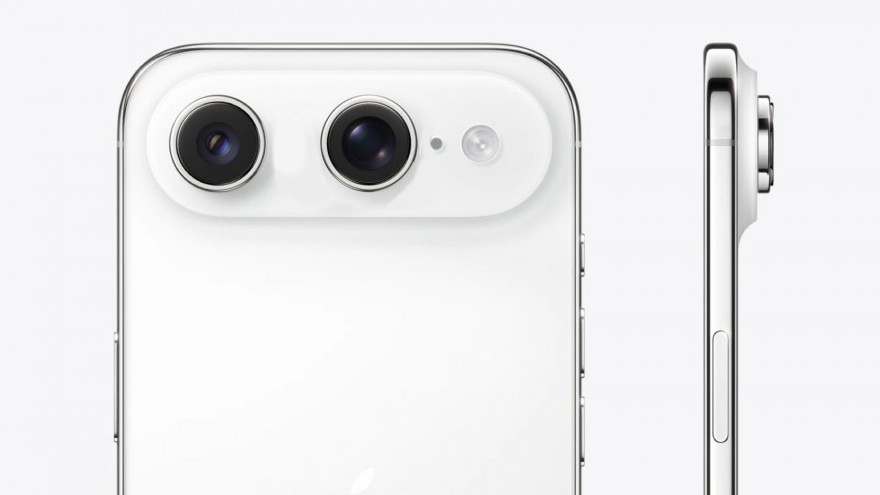The best drone for fishing
Catch more fish by using the best drone for fishing in lakes, rivers and the sea.
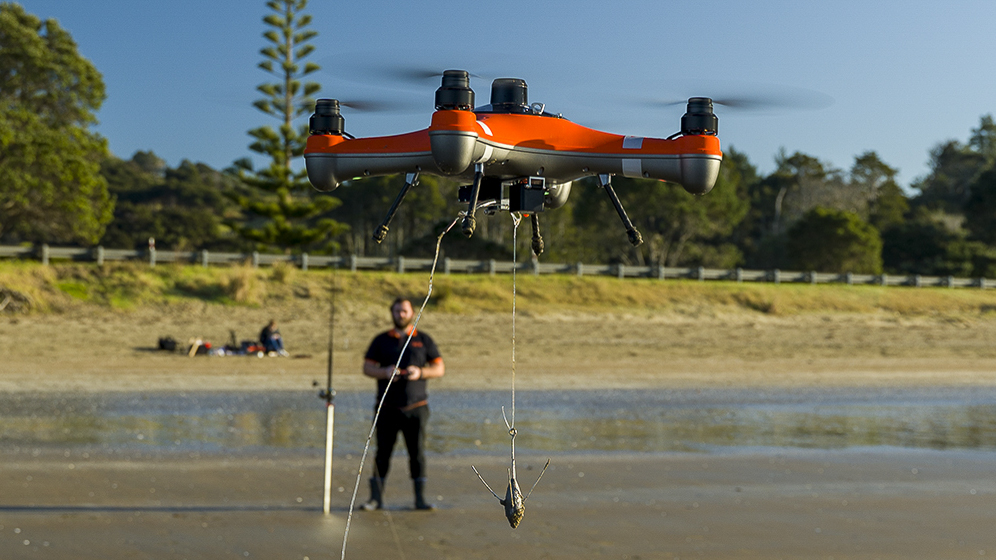
The best drone for fishing can help boost your catch in a number of ways. Drones can reach areas that may be difficult or dangerous for humans to access, such as deep waters, fast-moving currents, or areas with obstacles. This expands your fishing horizons and allows you to explore new fishing spots. Plus some drones come with a bait release system, which is particularly useful for large bodies of water, or when targeting multiple species of fish.
A word of warning, though: not every drone is ideal for use from boats for a few reasons, not least that boats move! A key drone safety technology is GPS-based "return to home", meaning that, if it loses its connection, a drone will come back to the point it took off from and land (smarter ones can even see and avoid obstacles as they do so). That's great on land, but if your boat has drifted even a small amount, it'll end up sinking. In other words, the kind of fishing you do will affect the features you're looking for!
Wherever you fish from, it is also wise to look at range – the maximum distance you can control the drone and still see a video signal back. Even if your national regulations don’t allow you to fly this far, it gives a good idea of the quality of the radio signal you can expect (and, hey, if you're in international waters... 😉).
Our experts have tried the finest drones on the market, and used that knowledge to draw up a curated list of the best drone for fishing available today. Even if you've never flown a drone before, don't stress: every drone on this list features GPS hover in at least one of the flight modes. For more help with fishing, see our guide to the best underwater drones.
The quick list
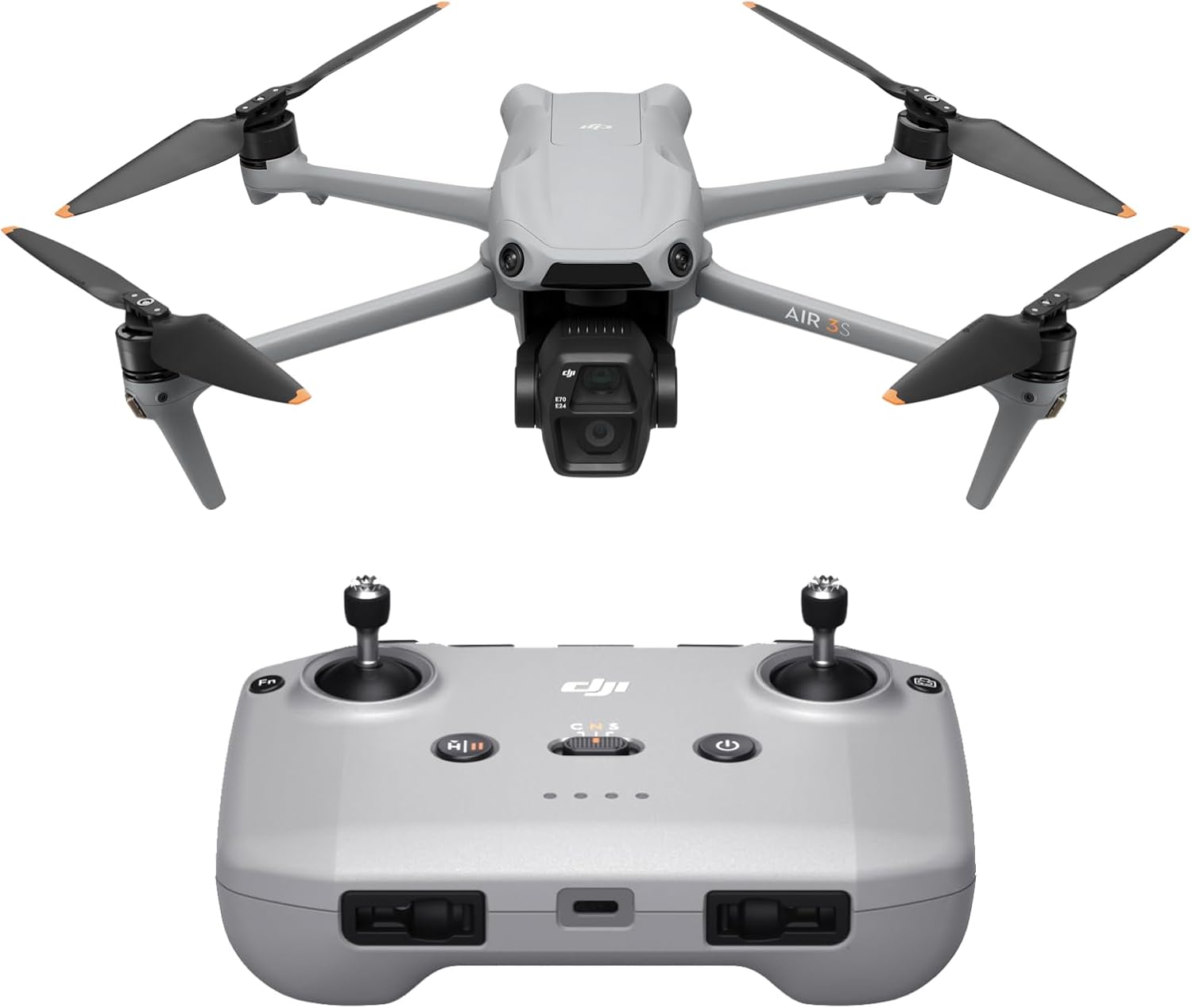
Picked because it's amongst the best drones, period, and it can be very useful for fishing too, the DJI Air 3S is brilliant. Easy to use, powerful specs, a dual camera system (with filtering option) that would make Spielberg jealous, and bait-dropping accessories for only a few dollars more it's hard to turn this down – especially if fishing is only one of your uses.
Read more below
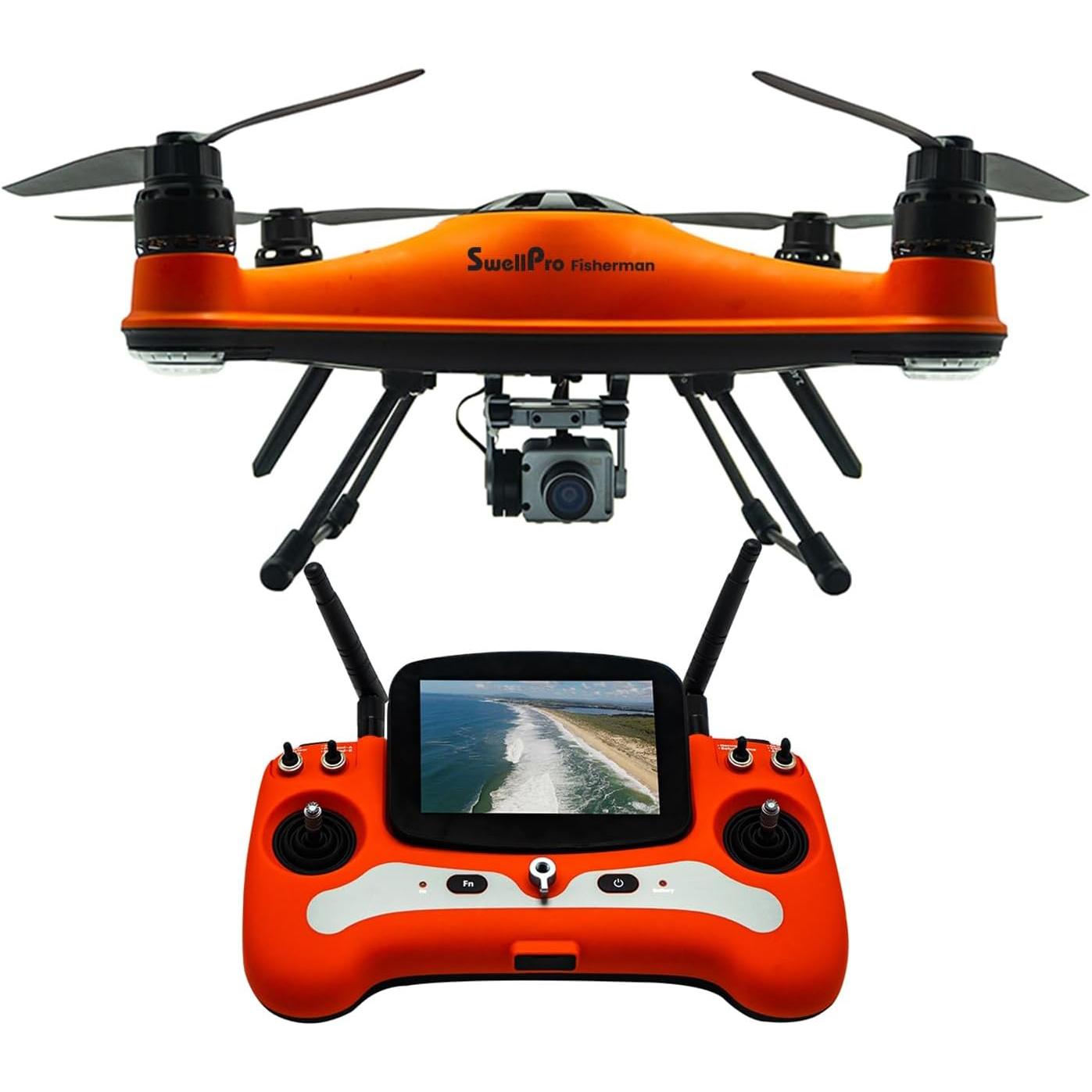
The latest generation of the Fisherman drone, it comes with some consumer conveniences but it also has rugged ability to survive in conditions the average off-the-shelf drone could never cope in – and deliver bait or carry a fish finder.
Read more below
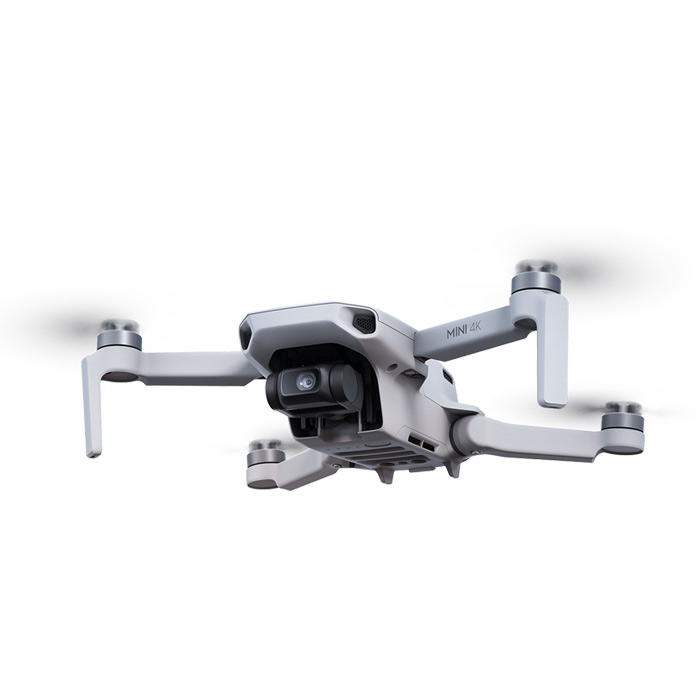
If you keep a drone under 249g, it's light enough to side-step a lot of FAA rules. That's great, and this also has a brilliant camera you can still use to peer through water surfaces and
Read more below
My picks for the best drones for fishing
Why you can trust Digital Camera World
Best drone for fishing overall
Specifications
Reasons to buy
Reasons to avoid
The DJI Air 3S is a premium camera drone with a little more body weight than the regulation-swerving 250g / 8.8oz models – but that means it can more reliably carry a truly excellent camera system and easily support a bait-dropping system too.
If you're taking off from dry ground, you also get GPS return to home – otherwise you will need to rely on your own piloting skills to return the craft, but you do get some advantages. There is an excellent 1080p livestream and the range is amongst the best in the business using tried and tested DJI technology from the biggest brand out there. Many photographers or cinematographers would be very jealous of this drone and the gimbal-stabilized camera can be directed straight down
It even has an easy filter attachment system, so it's possible to add a polarizing lens and penetrate the surface of a lake.
The folding design makes it portable, and the propellers are relatively quiet. Powerful motors mean it can make its way home in strong winds. DJI provides high-quality charging tools and the control app is easy to use, even for beginners, while offering advanced features where required. The Air 3S also features an array of collision avoidance sensors, meaning you can fly through trees and it’ll plot a route around them rather than plough into them. Cruciually, too, there is a light on the bottom which can be remotely switch on – this can also be used to activate a remote bait-dropping attachment without any complicated wiring – it'll easily carry about 6oz of, say, halibut bait, for around $30 / £30.
For more details, see my DJI Air 3S review.
🇺🇸 Bait dropper on Amazon USA | 🇬🇧 Bait dropper on Amazon.co.uk
Best waterproof fishing drone
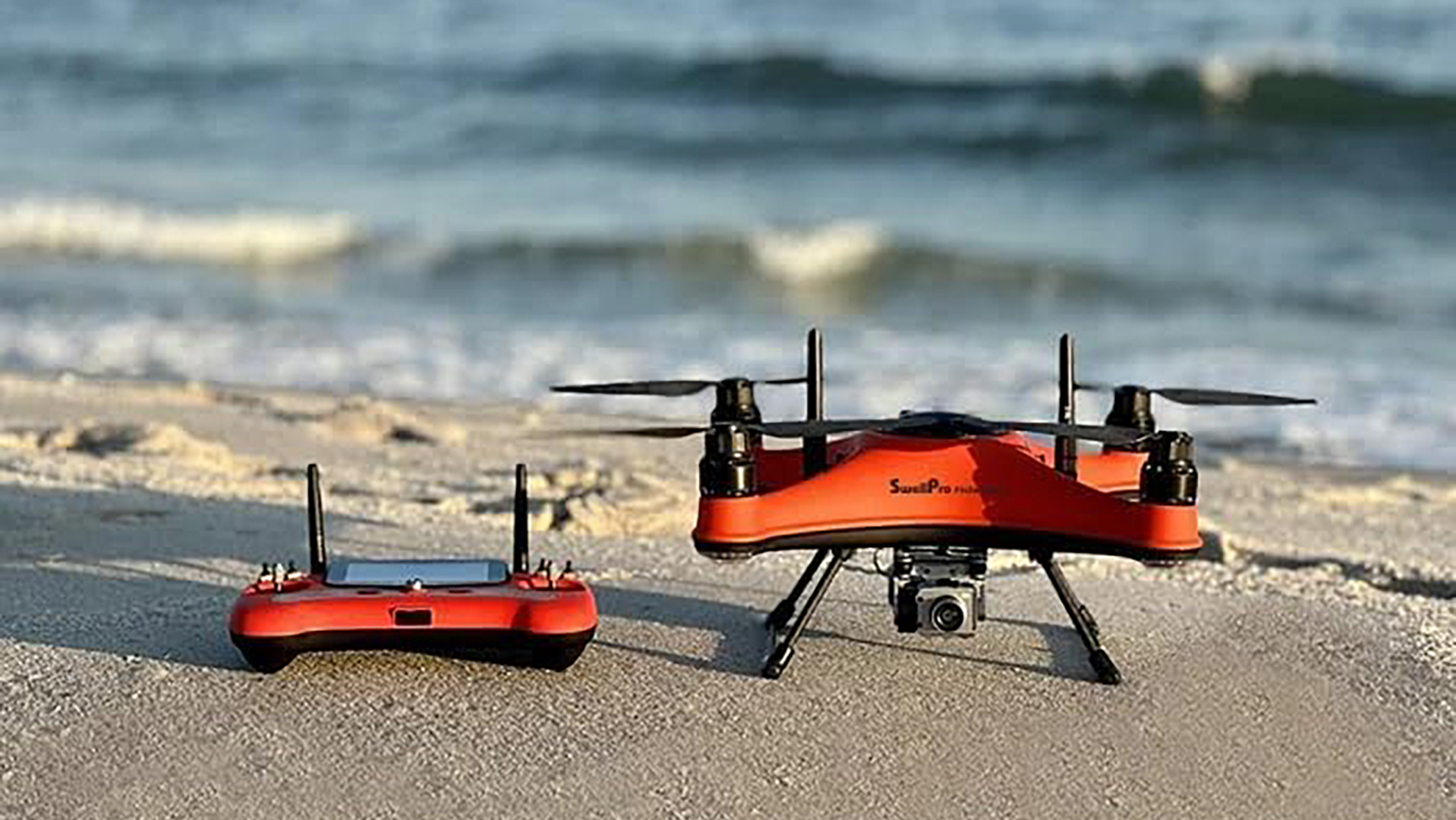
2. SwellPro Fisherman FD3
Specifications
Reasons to buy
Reasons to avoid
If you're used to the easy-to-use elegance of consumer products, the SwellPro drones might seem a little more rough-and-ready, but this drone is built with toughing out the sea in mind. It can even land and float on water.
It has also picked up a few creature comforts in contrast to its older siblings (perhaps SwellPro have an eye on big brands like DJI), including a built in 720P color display – if you make sure you're buying the 'Advanced' set that is. There is also a much more traditional 'Basic' controller with classic LCD matrix with basic telemetry. The battery charger isn't beautiful, either, but it is included and in this version the batteries do slide in and clip into place reassuringly.
The sophistication even extends as far as an app (though the rate of updates is not really up there with the big boys). In other words, you will make compromises on usability compared to a consumer drone, it'll cost more, and the weight is enough you'll need to get a basic qualification (which you can probably do online), but it's still pretty straightforward.
This is calibration free, has good GPS, and can successfully land on water and survive, plus – unlike most consumer drones – the rugged design and powerful motors can cope with costal wind (up to force 7 where force 5 is the more common limit).
The best drone for fishing that's FAA-proof
3. DJI Mini 4K
Specifications
Reasons to buy
Reasons to avoid
The DJI Mini 4K is the latest incarnation entry-point to DJI's range, and DJI are the leading drone manufacturer’s range (a notable exception being their Neo, but that's a slightly different design which isn't as well suited for fishing with a shorter battery life).
Sure, some of the features like obstacle avoidance are missing aren't on the list, but it still has GPS hover and a good quality 4K camera which has the option of attaching filters to get a good look through the water's surface. 4K video recording and crisp high-resolution live video are great for finding shoals from miles away.
The new DJI Mini 4K SE 2, first shipping in 2023, hasn’t made any significant changes to that success story except an improvement to the radio system to DJI’s O2 standard, giving it a range of 6.2 miles in the US, or 6000m (3.7m) in UK/EU markets, and improving the bit rate of the live preview.
It also shares the same well maintained and easy-to-use software with other DJI drones, making it easy to learn. The camera gets a sharp image because it's on a gimbal, which also allows you to remotely tilt it to point down to the water.
Crucially… drum roll please… the Mini is also just under the weight limit which requires registration. This means that if you’re in the USA, you won’t need to do any paperwork with the FAA.
Check out my DJI Mini 4K review
Ultimate sea drone
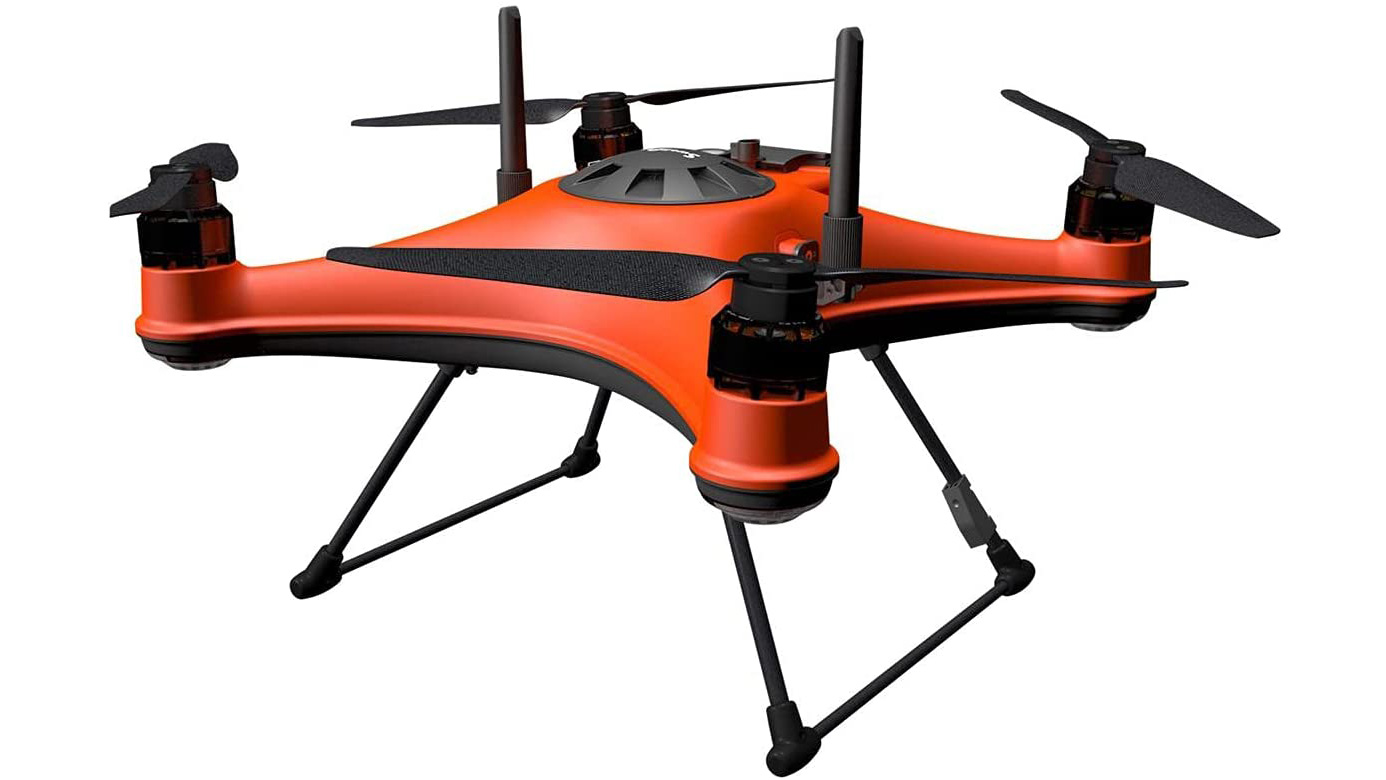
4. SwellPro SplashDrone 4
Specifications
Reasons to buy
Reasons to avoid
An IP67 waterproof drone built for the water? You bet. At over 2kg, with capacity for a load of about the same again (that’s around 25 pieces of bait on a line), the SplashDrone 4 is a powerful – if a little pricey – option. Especially when paired with the PL1-S bait release mechanism.
The orange shell of the drone can float and take off from water. If it finds itself the wrong way up, it can even flip itself upright, which is stunning to watch. You get all the usual drone treats that a high-end consumer pilot would expect, including high-res live view and intelligent follow, thanks to the NaviFly app (note: you'll need a phone clipped atop the remote control). Plus there are delightful extras, like the bait release, more traditional feeling buttons and switches on the IP66-waterproof remote.
SwellPro support their SplashDrone series of drones with a number of payload release mechanisms for “skytrolling,” so you can troll for fish up to 1.6km from the shore without a boat.
The best drone for fishing with bait drop
4. Drone Sky Hook
Specifications
Reasons to buy
Reasons to avoid
Want a drone that can drop bait for you? This is forbidden in some countries, including the UK, but otherwise here's our top recommendation.
Drone Sky Hook has made a number of variants of their Sky Hook to clip onto different DJI airframes, including the Mavic line all the way up to the 3, the Mavic Air series, and Phantom 4. The device is a rounded latch which, when activated, makes a turn, enough for anything dangling from it to be released.
The trigger to activate the latch is a light sensor. This is positioned at the drone’s built in landing lights and the instructions tell you to assign one of your remote control keys to the lights. Failing that, two full anti-clockwise rotations can also trigger the release.
The mechanism does slightly obscure the lower sensors on the Mavic 3, and undoubtedly would rule out a DJI Care Refresh claim, but the drone can still fly. The reduction on your overall flight time will depend on the weight, and the motors will be subject to some stress, but DJI also sell some accessories (like lights) so they are built to cope.
Honourable mention: HoverAir AQUA
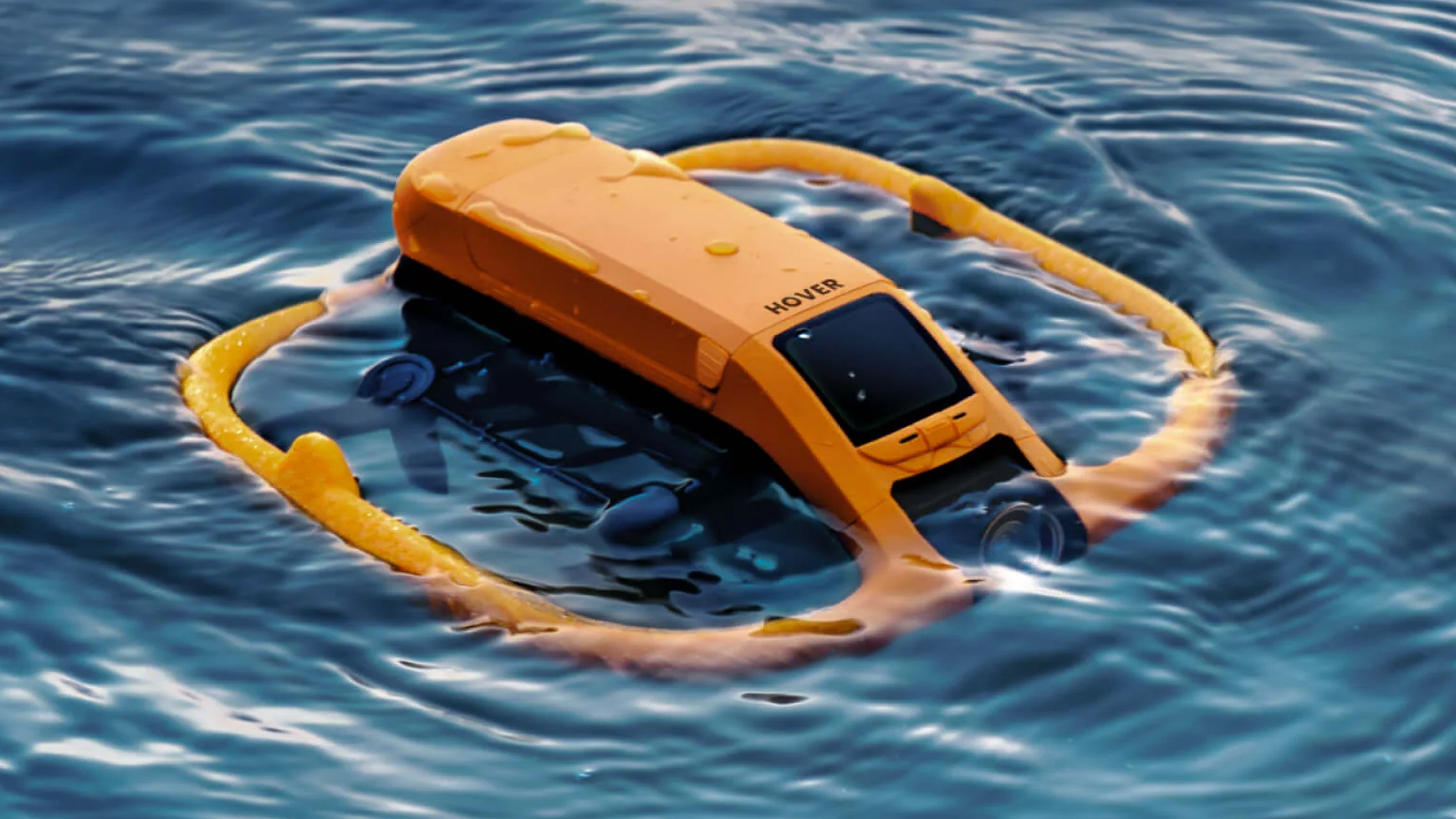
I've not tried it yet, because it's making it's way through the IndieGoGo process, but it has secured enough backers to be made so I can't in good conscience update this guide without mentioning the HoverAir Aqua.
This is, we're promised, a waterproof drone from a company with a pretty impressive record when you look at devices like the HoverAir X1 ProMax, more or less creating the modern 'selfie drone' or 'follow-me' drone category.
It might be more about getting images of watersports; we can't be sure yet, but the tech is interesting. By all means, check out the news of the HoverAir AQUA price announcement.
FAQs
Is drone fishing legal?
The legality of drone fishing varies depending on where you are. It is important to check with your local authorities to find out the specific rules that apply in your area. For example, in the UK you're forbidden from dropping anything from drones, which effectively rules out any drone with a dropping mechanism, or an accessory like the Sky Hook. Assuming you’re not taking off in international waters, you’ll be bound by the rules of your local aviation authority. In the USA, that's the Federal Aviation Administration (FAA). In the UK, it's the Civil Aviation Authority (CAA).
What are the benefits of using a drone for fishing?
Drones can be used to scout for fish from the air, allowing you to target specific fish species or schools of fish. This also helps you fish more efficiently by reducing the time spent casting and retrieving lines. Drones can be used to cast bait and hooks into areas that are difficult or impossible to reach by traditional methods, such as deep water, reefs, or areas with overhanging vegetation. However, this may not be legal in specific areas, so always check the regulations.
How to choose a drone for fishing
There are a number of different drones that can be used for fishing, so choosing between them will depend largely on your specific needs. First, consider payload capacity: the drone should be able to carry the weight of your bait, hook, and line. Also think about how long you're likely to be out fishing on a given day, and how much battery life you'll need in a drone should have enough battery life to last for several hours of fishing. The drone will also have enough range to reach the areas you want to fish in
How we test drones
Our drone tests are conducted in real-world conditions to evaluate flight performance, user-friendliness and image quality. All reviews are overseen by Adam Juniper, a leading UK drone expert and author of The Drone Pilot's Handbook. Adam personally conducts most tests to ensure thorough coverage of key features in practical scenarios. Find out more about how we test and review on Digital Camera World.
Read more
• Best camera drones
• Best drones for kids
• Best travel drones
• The best drone accessories
• Drone rules and regulations
• Best waterproof camera
The best camera deals, reviews, product advice, and unmissable photography news, direct to your inbox!

With over 20 years of expertise as a tech journalist, Adam brings a wealth of knowledge across a vast number of product categories, including timelapse cameras, home security cameras, NVR cameras, photography books, webcams, 3D printers and 3D scanners, borescopes, radar detectors… and, above all, drones.
Adam is our resident expert on all aspects of camera drones and drone photography, from buying guides on the best choices for aerial photographers of all ability levels to the latest rules and regulations on piloting drones.
He is the author of a number of books including The Complete Guide to Drones, The Smart Smart Home Handbook, 101 Tips for DSLR Video and The Drone Pilot's Handbook.
